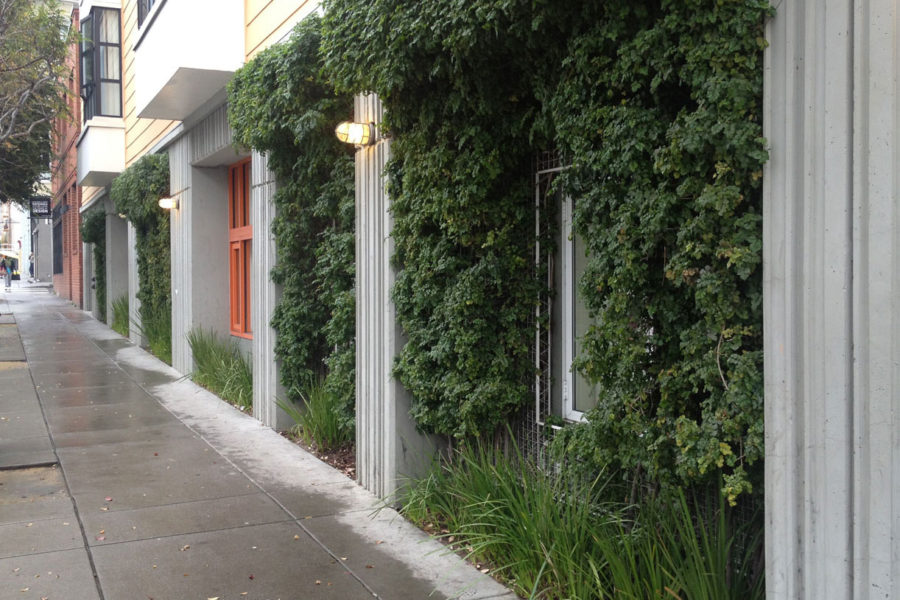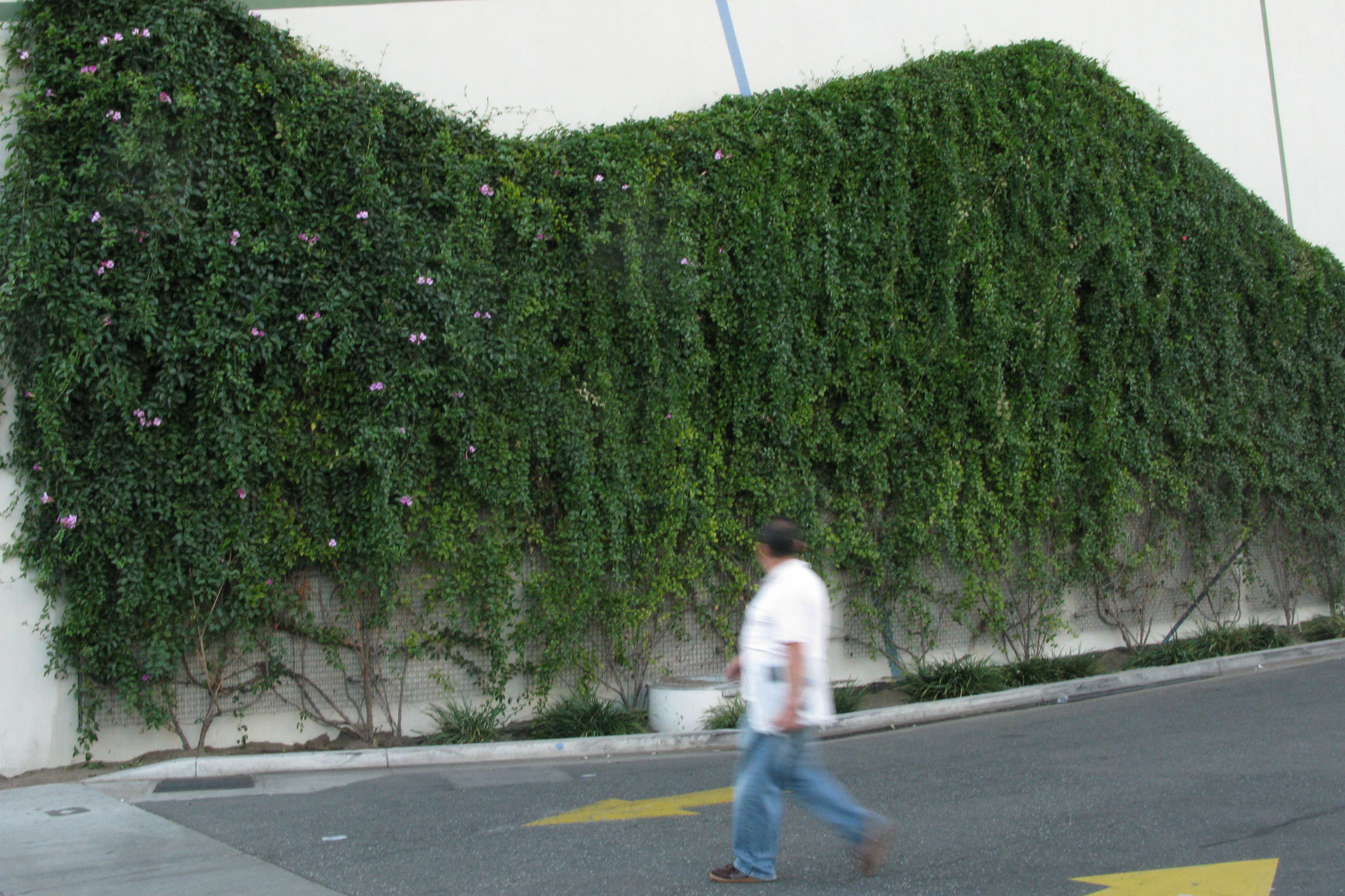Facing reality is hard, but climate change has officially arrived.
It is here now in the form of extreme heat, wildfires, floods, and drought with more frequent and extreme storms. According to the World Meteorological Organization, the global temperature has increased about 1.1 degrees Celsius (about 2 degrees Fahrenheit) since the Industrial Revolution, and now every year the world is hotter than the last. The goal of the 2015 Paris Climate Agreement was to take measures to limit warming to no more than 1.5 to 2 degrees Celsius and we are already close to that margin. Looking at the terrifying IPCC Climate Report for 2021 that UN Secretary-General António Guterres calls a “code red for humanity,” we won’t make the Paris Climate Agreement goals if we don’t take swift and global action now.
Let’s look at some of the immediate impacts of climate change and initiatives happening around the world helping to combat it.
Water Shortages
The water shortage is also of great concern, not just in the US but globally. The US Bureau of Reclamation declared the first-ever official water shortage at the Colorado River, which will trigger the largest mandatory water cuts to date in the Colorado River Basin.
On the other side of the globe, Karachi, Pakistan—one of the largest megacities in the world—may be a dangerous harbinger of things to come. Karachi’s water shortage comes from infrastructure problems but is also about the “tanker mafia” that is in full swing in Pakistan. These organizations install unofficial and sub-standard hydrants along the Lyari River, the river that supplies water to Karachi, and they sell it to companies, wealthy people, and regular citizens for millions of dollars of profit. This means that ordinary citizens not only have to pay their government for water that no longer comes out of their taps, but they also have to pay the tanker mafia to deliver untreated water that is contaminated. Could a version of this happen in the US?
If you don’t believe that paying extra for water can’t happen here, look at what’s happening in Santa Barbara County. More and more, large rivers and water reservoirs can’t supply the water needed in the Southwest US. That means that local wells and underground aquifers are relied upon to supply drinking water to their residents and they are running dry due to the drought. Only those who can pay the price can afford the water. This may be the future of our water supply if action is not taken.
Extreme Heat
Notable is the increased use of formerly obscure weather terms—aridification, derecho, megadrought, heat dome, anticyclone, superstorm, and polar vortex are now often used to describe current weather events, ones that were uncommon before the effects of climate change.
Climate attribution is a field of study in climatology that reports on changes in climate that are attributed to human activity alone. Climate attribution, or “fingerprinting,” was developed specifically because of extreme heat waves, which the National Weather Service has declared to be “the deadliest weather phenomenon in the US over the past 30 years on average.” Research from the journal Nature Climate Change found that more than one third of heat-related deaths in the world can be attributed to climate change.
It’s not only daytime temperatures that are rising, either. Nighttime temperatures are rising at a rate almost twice as fast as during the day. And the seasons for hot weather are extending into the spring and the fall. Colder regions are experiencing faster rises in temperature than warm climates, which explains the extreme weather conditions in temperate climates, rising sea levels, and permafrost thaws.
Extreme heat and lack of precipitation have led to the current megadrought that the covers a huge area from British Columbia down through Mexico, including New Mexico, Colorado, and Idaho. Scientists say that this 20-year drought could be the worst in the last 1,200 years. Previous megadroughts are attributed to natural changes in climate, and though there are natural variations at work, human-caused climate change is the bigger driver.
The extreme heat in the Western US is the result of atmospheric conditions that trap heat under a high pressure system, or anticyclone, and that creates a heat dome. The high pressure system pushes out cooler air and clouds, and there is no protection from the sun. The earth below dries out and temperatures rise. And since there’s minimal moisture in the US Southwest, the dryness fuels the anticyclone conditions and prolongs the heat wave. Urban heat island effect adds to the heat in cities with pavement and buildings that are in close proximity to one another, causing temperatures to increase up to 20 degrees higher than surrounding areas.
A frightening progression in the Western US areas affected by the megadrought is the condition called aridification, or a permanent state of drought. And it’s not just the West, either. The Missouri River, the longest river in the US, is fed by the Rocky Mountains and is experiencing a severe drought. And, as if we need reminders, the wildfires in the Western US are directly related to a warmer and drier atmosphere.
Superstorms
Superstorms are large storm systems that can’t be classified on a traditional scale and affect large geographic areas. Superstorm Sandy in 2012, for example, impacted countries from the Caribbean to Canada and was extremely unpredictable and long-lasting; at times it took on the patterns of a hurricane and at other times it was a severe storm with hurricane-force winds. Three ways that the storm was worsened by climate change are rising sea temperatures, rising sea levels, and an unusual weather pattern brought about by melting Arctic ice.
A deadly derecho occurred in Iowa last year, which is a series of “straight-line storms,” as opposed to counter-clockwise or cyclonic movements of hurricanes and tornadoes. These series of storms can cover large geographic areas and have winds over 100 mph. It’s not clear how these conditions are related to climate change, but climate experts expect them to occur more frequently.
Frigid Temperatures
Frigid conditions occur with some regularity in North America, and they can come from the polar vortex, which is an area of cold air that is typically parked over the Arctic. At times, the outer perimeter of the vortex destabilizes and the cold air travels south causing extreme cold in the Northern Hemisphere. Because the Arctic is warming from climate change and causes more frequent destabilization, these frigid conditions will occur more often.
The Opposite of Climate Change

Photo courtesy of greenscreen
To prevent these extreme weather conditions and other impacts of climate change, we know what we need to do—we just need to do it on a large scale. Governments need to act quickly to make net zero carbon emission decisions, and it needs to happen now, because every year we wait we will see more destructive consequences. Here are a few examples of ideas and projects happening in the world now to tackle climate change.
- Have you heard of carbon quantitative easing? It’s a proposed method of financing projects to combat climate change. The biggest central banks could work together to create new money for decarbonization projects. It’s a big step that would make all the difference, but it is only a concept right now.
- The UN prepares climate change reports regularly to inform policymakers on the state of climate change with options for mitigation. These reports keep climate change discussions front and center.
- The European Green Deal aims to be carbon neutral by 2050, with a reduction of emissions by at least 55% by 2030.
- NASA reports regularly on climate change and offers mitigation measures for the US.
- Buildings are responsible for over 70% of US electricity consumption and power sector CO2 emissions. Grid-interactive efficient buildings (GEBs) can remake buildings into a major new clean and flexible energy resource.
- Buildings are also responsible for 40% of global emissions. Institutes like Yale and the Potsdam Institute for Climate Impact Research further the analysis of the use of timber in building construction as a carbon sequestration strategy on a planetary scale. Prior research has highlighted wood’s capacity to store carbon and, in most cases, outperform steel and concrete in terms of environmental performance.
- The corporate sector is ready and able to adjust to new 1.5°C-aligned emissions reductions targets, according to Alberto Carrillo Pineda, a co-founder of the Science Based Targets initiative (SBTi), the global body enabling businesses to set emissions reduction targets in line with climate science.
- The National Park Service has developed a response and action plan to respond to climate change. Ithaca, New York, is a great example of a local response. They have adopted a Green New Deal to achieve carbon-neutrality community-wide by 2030. Part of the deal is to ensure that benefits are shared among all local communities to reduce historical social and economic inequities.
- Yuma, Arizona, has become a steward of water usage. Farmers in the lettuce capital of the country have successfully implemented irrigation techniques that have cut their water usage by about 20 percent over the last 20 years, while increasing crop production by 30%.
- In Las Vegas, the Southern Nevada Water Authority (SNWA)’s water conservation campaign has helped cut its Colorado River consumption by about 23% between 2002 and 2020, even as 780,000 new residents arrived.
- New types of insurance have been developed as a response to climate change. Reinsurance is for insurance companies and is used more and more due to the increase in natural disasters. In Florida, Citizens Insurance has emerged as the insurance of last resort because homeowners can’t get insurance any other way. Insurance companies are looking into climate change insurance as climate change has become such a risk. And then there is the first ever coral reef insurance in Mexico brought about by hurricane damage in 2019.
- Taxes are a key component to financing climate change measures. A progressive carbon tax model may be the most cost-effective way to promote reductions in emissions of greenhouse gases. The argument can be made that this tax would benefit lower-income households if combined with changes in economic policies. In Ithaca, they implemented a fee for the amount of rainwater that flows off properties and is uncollected. This mainly affects the largest property owners, including commercial and university properties. This measure helps to finance resilient infrastructure.
- Sweden just delivered the first shipment of steel produced without the use of fossil fuels.
- Cooling systems for buildings are being developed that decrease or eliminate carbon emissions. Geothermal heat pumps for homes are available as a clean alternative, plus so many more.
Nature-Based Solutions

Photo courtesy of greenscreen
Nature-based solutions such as planting trees, adding green roofs and walls, maintaining natural river systems, and implementing coastal-based storm surge protection like mangroves and wetlands to combat storm surges can have a significant effect on cities. At the same time these additions provide other benefits such as cooling the street level, adding pleasurable biophilic elements to our hardscapes, and make our cities livable.
In addition to cleaning the air, Singapore’s Nanyang Technological University (NTU) found that live plants on vertical walls creates a buffer against stress in urban environments. Researchers from Bar-Ilan University in Tel Aviv have shown that planting on vertical walls helps to regulate not only the temperature of the building wall but the walkways around the building. And Dr. Anna Zakrisson’s article on green infrastructure points out the benefits of adding vertical green walls in particular to urban canyons, which include “efficient use of space, noise reduction, heat island cooling (that indirectly has a positive effect on air quality), and higher urban biodiversity.” Together with some of the initiatives listed above, biophilic design can help stave off the impacts of climate change.




